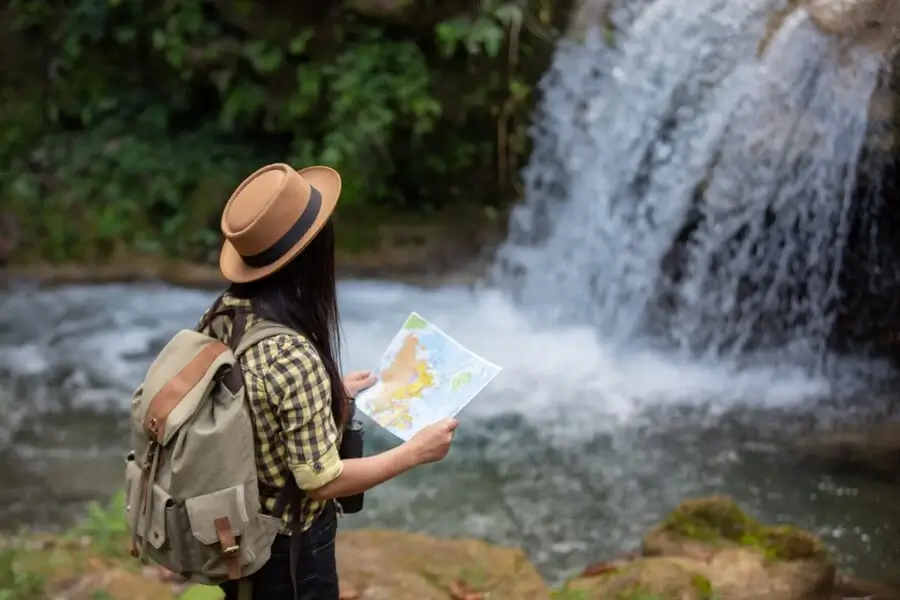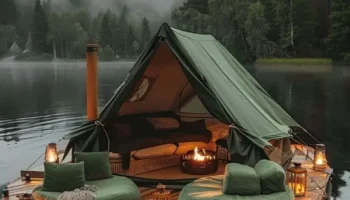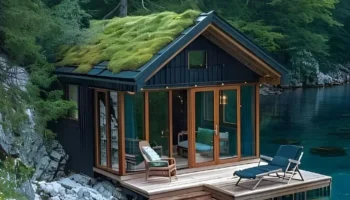When planning an ecotourism adventure, timing is everything. So, what are the best seasons for ecotourism? Different natural environments and ecosystems offer unique experiences throughout the year, making certain seasons ideal for particular destinations. Whether you are dreaming of hiking through rainforests, spotting wildlife on a safari, or snorkeling in vibrant coral reefs, the season you choose can significantly affect your journey. Weather patterns, animal migrations, and local flora all shift with the seasons, creating opportunities to witness nature at its finest — or its most elusive.
In this post, we will explore the best seasons for ecotourism across a variety of environments, from tropical rainforests and polar regions to deserts and marine reserves.
By understanding when to visit each destination, you will be able to maximize your chances of encountering wildlife, enjoying comfortable conditions, and fully immersing yourself in nature. Whether you are a seasoned traveler or just starting your journey into sustainable tourism, this guide will help you align your ecotourism goals with nature’s rhythm.
Ecotourism: Best seasons and destinations
The best seasons for ecotourism depend on the destination and the type of natural environment you want to experience. Here are some general guidelines based on different ecosystems and activities.
1. Tropical rainforests
Best Seasons: Dry season (usually winter and early spring months, like December to March)
Destinations: Amazon, Costa Rica, Southeast Asia
Why: The dry season offers better hiking conditions and wildlife sightings, as animals are more active near water sources. Reduced rainfall makes exploring trails and wildlife viewing easier, though rainforests are lush year-round.
2. Savannahs and grasslands (for safari)
Best Seasons: Dry season (generally June to October in Africa)
Destinations: Kenya, Tanzania (Serengeti, Maasai Mara), Botswana
Why: Wildlife gathers around water sources during the dry season, making it easier to spot animals. It is also the time of the Great Migration in the Serengeti, a peak safari experience.
3. Temperate forests and mountains
Best Seasons: Late spring and early fall (usually April-May and September-October)
Destinations: US National Parks, European Alps, Canadian Rockies
Why: Mild temperatures, blooming flora in the spring, and colorful autumn foliage make these seasons ideal for hiking, photography, and nature observation.
4. Arctic and polar regions
Best Seasons: Summer months (generally June to August)
Destinations: Alaska, Norway, Antarctica, Greenland
Why: Summer offers warmer weather and extended daylight, making wildlife like polar bears, whales, and seabirds more visible. In Antarctica, summer is when you can explore penguin colonies and glaciers.
5. Deserts
Best Seasons: Spring and fall (typically March-May and September-November)
Destinations: Sahara, American Southwest, Atacama
Why: These shoulder seasons avoid extreme summer heat and cold winter nights, offering more comfortable conditions for trekking, wildlife viewing, and stargazing.
6. Wetlands and river systems
Best Seasons: Dry season (varies depending on region)
Destinations: Pantanal in Brazil, Okavango Delta in Botswana
Why: During the dry season, water levels recede, concentrating wildlife in specific areas, making it easier to view animals like jaguars, caimans, and birds.
7. Coral reefs and marine reserves
Best Seasons: Dry season or calm sea periods (typically November to April for places like the Caribbean or Southeast Asia)
Destinations: Great Barrier Reef, Maldives, Galápagos Islands
Why: Clear waters and calm seas offer better visibility for snorkeling and diving, with abundant marine life, such as sea turtles, reef fish, and sharks.
8. Tundra and boreal forests
Best Seasons: Summer and early fall (typically June to September)
Destinations: Northern Canada, Alaska, Scandinavia
Why: During summer, the tundra blooms with wildflowers and provides an excellent time to observe migrating birds, caribou, and other Arctic wildlife. Fall offers stunning landscapes as trees change color.
Choosing the best season for ecotourism is key to making the most of your nature-based adventures. Whether you are tracking wildlife during the dry season on a savannah, exploring rainforests when trails are most accessible, or diving into crystal-clear waters during calm weather, timing your trip with nature’s cycles enhances your experience. By aligning your travel plans with the ideal seasons for each destination, you will not only witness nature at its most vibrant but also contribute to sustainable travel practices that protect these ecosystems for future generations to enjoy.





